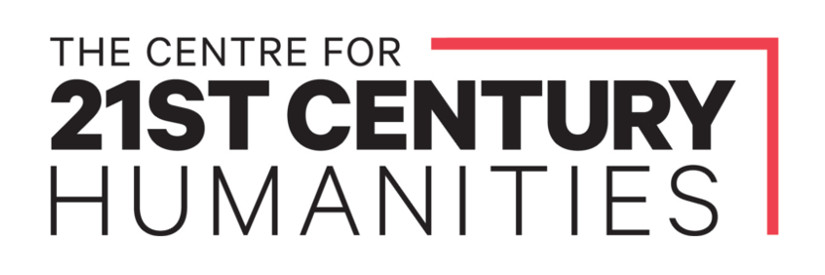| Site Name | Mt Emu Creek |
| Aboriginal or Torres Strait Islander Place Name | |
| Language Group, Nation or People | Djargurd Wurrung or Keeray- Woorroong or Wirngilgnad dhalinanong |
| Present State/Territory | VIC |
| Colony/State/Territory at the time | PPD |
| Police District | Geelong |
| Latitude | -38.057 |
| Longitude | 143.027 |
| Date | Between 1 Oct 1839 and 31 Oct 1839 |
| Attack Time | Dawn |
| Victims | Aboriginal or Torres Strait Islander People |
| Victim Descriptions | Aboriginal |
| Victims Killed | 35 |
| Victims Killed Notes | |
| Attackers | Colonists |
| Attacker Descriptions | Settler(s), Stockmen/Drover(s) |
| Attackers Killed | 0 |
| Attackers Killed Notes | |
| Transport | Horse |
| Motive | Reprisal |
| Weapons Used | Firearm(s) |
| Narrative | This massacre was organised in retaliation for the killing of some sheep by two Aborigines on what is now Glenormiston station, near Lake Terang, managed by Frederick Taylor. Ian D. Clark has written about this incident at great length: 'Having heard of the encampment' of between 45 and 52 Aboriginal men, women and children from three different clans in the gully on Mt Emu Creek, Frederick 'Taylor and two associates, James Hamilton and Broomfield, headed a party of shepherds with the intention of attacking them... As they approached the gully on horseback, the party formed an extended line with Taylor in the centre. They found the Aboriginal people asleep [suggesting that this was a dawn raid] and advanced shouting and immediately fired upon them, killing the whole group except 12 people. They afterwards threw the bodies in a neighbouring waterhole. One of the survivors was Woreguimoni, a Gulidjan, who had hidden in the long grass.' Another survivor, Karn (also known as 'Mr Anderson'), 'returned after [the killers] had left the scene and began to remove the bodies from the waterhole, placing them on the ground four deep, head by head. In the course of this, he was discovered by some of the Europeans, who took him and his wife and child... to Taylor's home station, where he and his family were given provisions so that they would stay nearby, and away from the waterhole.' They then sent a cart to the waterhole 'and the bodies [were] brought up to the home station, where they were conveyed to some other waterholes and thrown in... Two further survivors of the massacre, Bareetch Cuurneen - alias Queen Fanny, the "chiefess" of the clan - and a child, were pursued to Wuurna Weewheetch... a point of land on the west side of Lake Bullen Merri. With the child on her back she swam across to a spot called Karm karm, below present day Wuurong homestead, and escaped.' (Clark ID 1995, pp 105-118)
According to Clark, in another account of this massacre, another survivor, Wangegamon, a Djargurd wurrung man, saw his wife and child killed. 'After the bodies were thrown in the creek, the water was stained with blood. Grieving, he remained near the gully for two days... two days after the massacre two men named Anderson and Watson... asked Taylor why he had killed so many women and children. Anderson [Karn], Charles Courtney, James Ranslie and James Hamilton subsequently made some fires and burned the bodies. Two days after the cremation, Taylor, Watson and Karn returned with a sack and removed all the bones that had not been consumed by the fires' (Clark, 1995, pp 107-108). Taylor disappeared after this incident and apparently went to India but later returned to manage a station in Gippsland. He was replaced by a man named Symonds who took Assistant Protector Charles Sievwright to the scene of the crime in January 1840. Sievwright also interviewed one of the Aboriginal survivors, Tainneague, and decided that between 20 and 30 Aboriginal people had been killed in this incident while Edward Williamson, overseer at the Buntingdale mission, believed that the number was 35. GA Robinson was convinced that an entire tribe had been eradicated. Squatter Niel Black bought this run in late 1840 because it was already "cleared out" (see Kiddle, 1961, p 122). Some of the Aboriginal survivors sought sanctuary at the Wesleyan Mission at Buntingdale and it is largely through the efforts of missionaries like the Reverend Benjamin Hurst and Francis Tuckfield, as well as Assistant Protector Charles Sievwright and Chief Protector GA Robinson, that so much is known about this massacre. The next owner of Glenormiston station, Niel Black, mentioned the massacre in a letter to TS Gladstone, September 9, 1840. Mary Shaw wrote about the massacre in her book 'Mt Emu Creek' (Shaw, 1969, p 27; Clark, 1995, pp 105-118). |
| Sources | Kiddle 1961, p 122; Shaw 1969, p 27; Clark ID 1995, pp 105-118. (Sources PDF) |
| Corroboration Rating | *** |

